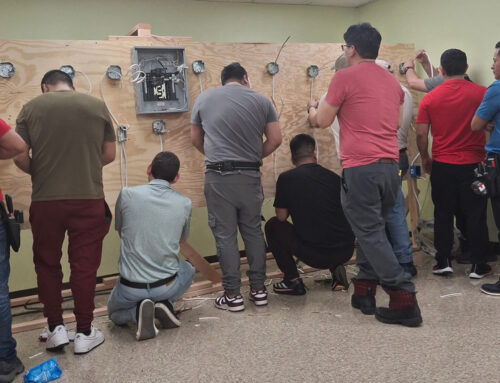
Salvationist Dynamics : Part 2
by Colonel Richard Munn
This 10-part series explores tried and trusted “pleasant tensions” matched together in The Salvation Army. Far from being feared or avoided, they give us dynamism: Salvationist dynamics.
Part 2 : Contemporary and Traditional
When the Victorian Salvation Army cleverly started joining sacred lyrics to popular jaunty music-hall tunes over 150 years ago, they can be said to have made the movement contemporary. Here the timeless truths of God and the call of the gospel met the idiom of the day, full on.
That dynamic tension has remained part of The Salvation Army ever since—proven church tradition, and experimental current mores. And we do it well.
Our attire, music, architecture, nomenclature, and infrastructure often percolate with both contemporary and traditional elements. Chair a corps council meeting or attend a youth councils workshop, and you will pick it up in a nanosecond. The passions and convictions are strong.
What makes the matter multidimensional is that tradition stands the test of time and is a proven entity, whereas contemporary may well now be fresh, intriguing, and connective, but then may become suddenly and inexplicably passé.
Tradition can be ossified; contemporary can be fickle. Tradition can be profound; contemporary can be brilliant.
Missionally, The Salvation Army integrates both ideas. We are decidedly not Amish or Hasidic, where locking in time is intentionally part of the identity. Rather, when Booz Allen Hamilton famously listed the world’s most enduring institutions, it said of us: “The Salvation Army’s skill is in creating the culture and expressing the values that make its own endurance possible.”
Charles Wesley got it right when he wrote, “To serve the present age my calling to fulfill.”
Talk about contemporary! Talk about tradition!




